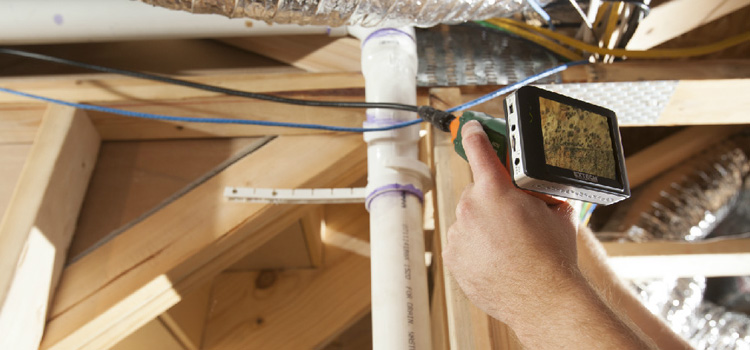Ensuring Post Remediation Verification Accuracy
Ensuring Post Remediation Verification Accuracy
Blog Article
Your Ultimate Guide to Article Mold And Mildew Removal Techniques
Navigating the realm of post-mold removal techniques is a thorough procedure that demands focus to information and a detailed understanding of the ins and outs involved. In the aftermath of mold and mildew invasion, knowing just how to efficiently eradicate the mold and mildew and avoid its reoccurrence is critical for keeping a healthy interior atmosphere. From selecting the appropriate cleaning and disinfecting approaches to carrying out strategies for lasting mold and mildew avoidance, each action in the remediation journey plays a crucial duty in ensuring an effective end result. As we start this exploration of post-mold removal methods, we will certainly uncover the vital approaches and best techniques that can help you restore your space to its pre-mold condition and secure it against future mold dangers.
Understanding Post-Mold Remediation Process
After finishing the mold and mildew remediation procedure, it is important to understand the post-mold remediation techniques that are needed to ensure a effective and complete cleanup. When the mold and mildew has been gotten rid of, the next action entails cleaning and decontaminating the affected areas to protect against any regrowth of mold and mildew.
In addition, performing a last assessment post-remediation is crucial to make sure that all mold has been successfully eradicated. If the inspection reveals any lingering mold and mildew, added removal may be necessary.
Effective Cleansing and Sanitizing Methods

Protecting Against Future Mold And Mildew Growth

Significance of Correct Air Flow
Proper air flow plays an important role in protecting against wetness buildup, a crucial consider mold and mildew growth within interior atmospheres. Efficient air flow systems help eliminate excess humidity from the air, minimizing the chances of mold spores locating the wetness they require to germinate and spread out. Without adequate air flow, interior areas can become a breeding place for mold, leading to prospective health dangers and structural damage.
By ensuring appropriate air circulation, air flow systems can also assist in drying out damp locations faster after water damage or flooding incidents, better preventing mold and mildew development. what to do after mold remediation. Precede like shower rooms, attics, kitchens, and basements where wetness levels have a tendency to be greater, setting up and preserving effective ventilation systems is vital in preventing mold infestations

Tracking and Upkeep Tips
Given the important duty that proper air flow plays in preventing mold development, it is necessary to establish reliable tracking and upkeep pointers to ensure the ongoing functionality of ventilation systems. Tracking moisture degrees within the home is additionally essential, as high humidity can contribute to mold growth. By remaining aggressive and conscientious to the problem of air flow systems, residential or commercial property owners can effectively reduce the danger of mold and mildew regrowth and preserve a healthy indoor setting.
Final Thought
Finally, post-mold remediation techniques are important for guaranteeing a safe and clean setting. Understanding the procedure, carrying out efficient cleaning and decontaminating approaches, stopping future mold growth, keeping appropriate ventilation, and routine monitoring are all crucial action in the remediation procedure. By following these standards, you can successfully remove mold and stop its return, promoting a healthy and balanced living or working space for all owners.
In the after-effects of mold problem, understanding how to properly remove the mold and avoid its reoccurrence is paramount for preserving a healthy interior atmosphere. Once the mold and mildew has been gotten rid of, the next step includes cleaning and sanitizing the affected areas to protect against any regrowth of mold - After mold remediation. After eliminating noticeable mold growth, it is critical to clean all surfaces in the afflicted location to get rid of any kind of remaining mold spores. To additionally enhance mold and mildew avoidance measures, it is vital to attend to underlying concerns that originally led to mold and mildew development.Given the crucial role that appropriate ventilation navigate here plays in stopping mold and mildew development, it is crucial to develop reliable monitoring you could try this out and maintenance suggestions to guarantee the continued performance of ventilation systems
Report this page